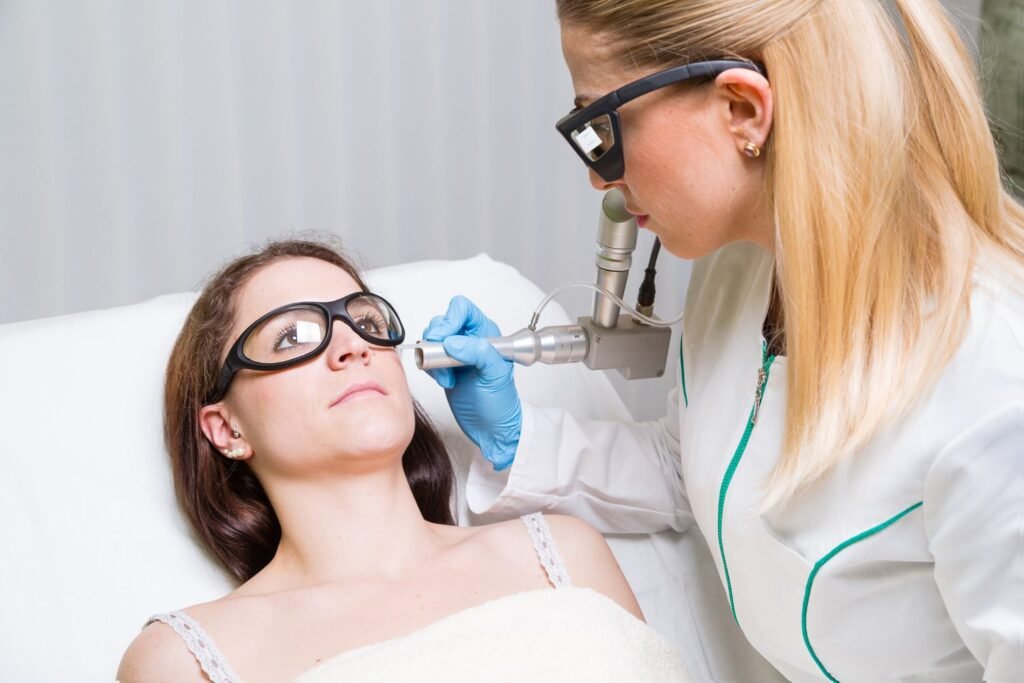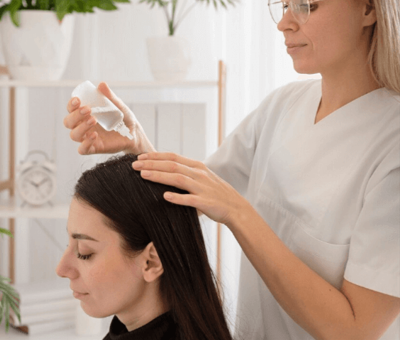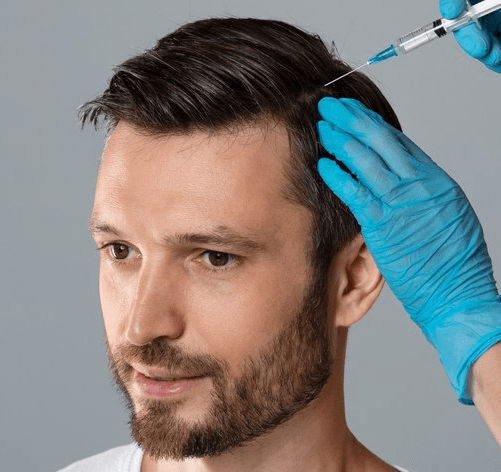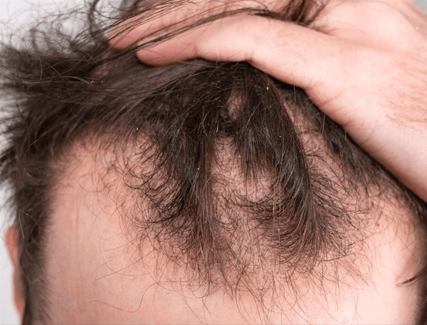Melasma is a notoriously stubborn skin condition, characterized by irregular patches of pigmentation typically on the cheeks, forehead, and upper lip. While topical and oral treatments can help, many patients seek faster, more visible results through energy-based treatments like lasers and Intense Pulsed Light (IPL). But when it comes to laser vs. IPL for melasma, which is better?
According to top Korean dermatologists, the answer depends on your melasma type, skin tone, and how your skin reacts to inflammation and heat. Here’s what you need to know—direct from the protocols and clinical reasoning used in leading Korean dermatology clinics.
🔍 Understanding the Difference: Laser vs. IPL
| Feature | Laser Treatment | IPL (Intense Pulsed Light) |
|---|---|---|
| Technology | Single wavelength, focused beam | Broad-spectrum light (multiple wavelengths) |
| Depth Control | Penetrates specific skin layers | Diffuses through upper skin layers |
| Target Precision | Highly targeted (e.g., pigment, vessels) | Less targeted; treats multiple concerns |
| Heat Effect | Moderate – can be tuned down in “low fluence” | Can be stronger, more diffuse heat |
| Best For | Epidermal & dermal melasma, resistant cases | Mild melasma, vascular or redness-linked cases |
| Risk of PIH | Lower with proper settings | Higher, especially in darker skin tones |
🎯 What Korean Dermatologists Say: No One-Size-Fits-All
✅ “Melasma requires a gentle and repetitive approach, not aggressive energy blasts.”
— Dr. Park, Board-Certified Dermatologist, Seoul
✅ “We often use low-fluence Q-switched lasers as a first-line device. IPL is helpful only in selected cases.”
— Dr. Kim, Oracle Skin Clinic, Korea
✅ “For vascular melasma, IPL can help reduce redness, but it must be used very cautiously—especially in Asian and darker skin types.”
— Dr. Lee, MUSE Clinic
💡 When Korean Clinics Recommend LASER for Melasma
1. Q-Switched Nd:YAG Laser (1064 nm) – “Laser Toning”
- Use: Most popular in Korea for melasma
- Effect: Breaks up pigment gently over multiple sessions
- Frequency: Weekly or bi-weekly, over 6–10 sessions
- Benefits: Minimal downtime, good for epidermal + dermal melasma
- Caution: Needs precise fluence control to avoid rebound
2. Pico Lasers (e.g., PicoSure, PicoPlus)
- Use: Deep dermal melasma, faster clearance, reduced thermal damage
- Effect: Uses ultra-short pulses to shatter pigment granules
- Benefit: Lower risk of heat-based inflammation = safer for darker skin tones
- Ideal For: Resistant or mixed melasma types
3. Fractional Lasers (Er:YAG or non-ablative)
- Use: Only in carefully selected cases with skin thickening or post-acne melasma
- Caution: Higher risk of PIH, especially in Fitzpatrick IV–V skin tones
- Rarely first-line in Korean protocols
💡 When Korean Clinics Recommend IPL for Melasma
✅ Only if vascular (red-toned) melasma is dominant
In patients where melasma has a visible vascular component (pink or reddish undertone), IPL can help reduce inflammation and blood vessel dilation.
✅ Mild to moderate epidermal melasma
Used cautiously and at low settings, IPL can help fade superficial pigmentation if skin tone is Fitzpatrick I–III.
⚠️ Risks of IPL in Asian and Darker Skin Tones
- Higher risk of post-inflammatory hyperpigmentation (PIH)
- Diffuse light may trigger rebound melanin production
- Can worsen melasma if overused or poorly calibrated
📊 Summary: Korean Dermatologist Recommendations by Melasma Type
| Melasma Type | Best Modality in Korea |
|---|---|
| Epidermal | Q-switched laser, possibly IPL |
| Dermal | Pico laser, Q-switched Nd:YAG |
| Mixed (most common) | Q-switched or Pico laser |
| Vascular Melasma | IPL + low-dose laser combination |
| Sensitive Skin | Q-switched with low fluence only |
🧴 What Comes Before and After the Treatment Matters Most
Pre-Treatment (What Korean Clinics Require):
- Skin barrier repair with moisturizers and niacinamide
- UV protection for at least 2 weeks before laser
- No harsh exfoliation or actives before treatment
Post-Treatment:
- Cooling masks or LED therapy to minimize inflammation
- Prescription creams (e.g., tranexamic acid, azelaic acid)
- SPF 50+ / PA++++ daily with reapplication
- Oral tranexamic acid in some cases (under supervision)
🏥 Example: Korean Melasma Protocol Using Laser
At Banobagi Dermatology (Seoul):
- Initial Consult: VISIA imaging + melasma classification
- Plan:
- Q-switched laser (1064 nm) weekly × 8 sessions
- Topical TXA + sunscreen daily
- Optional: Pico laser if no improvement by session 5
- Follow-Up: Maintenance sessions every 1–2 months + post-laser skincare
💬 Final Verdict: Laser vs. IPL — What Should You Choose?
✅ Choose LASER if:
- You have dermal or mixed melasma
- You want a safer option for darker skin tones
- You’ve tried IPL before and experienced rebound
✅ Choose IPL only if:
- Your melasma has clear vascular redness
- Your skin is light (Fitzpatrick I–III)
- You’re being treated in a clinic with melasma-specific IPL protocols
✈️ For Medical Tourists Visiting Korea
Korean dermatology clinics offer:
- Tailored laser plans based on skin analysis
- Express melasma packages (5–14 days)
- Aftercare kits with detailed skincare instructions
- Optional online follow-up after you return home
✉️ Clinics like Oracle, ME Clinic, and Regen Dermatology offer multilingual consultations (English, Chinese, Thai, Vietnamese).
🔑 Final Thoughts
In Korea, melasma is treated with precision, patience, and personalization. While both laser and IPL have their roles, lasers—especially Q-switched and Pico—are the backbone of most melasma protocols. IPL is used sparingly and selectively to avoid triggering rebound pigmentation.
If you’re planning treatment in Korea, consult with a dermatologist who specializes in melasma and darker skin tones. With expert care, it’s possible to achieve long-term pigment control and smoother, brighter skin.




